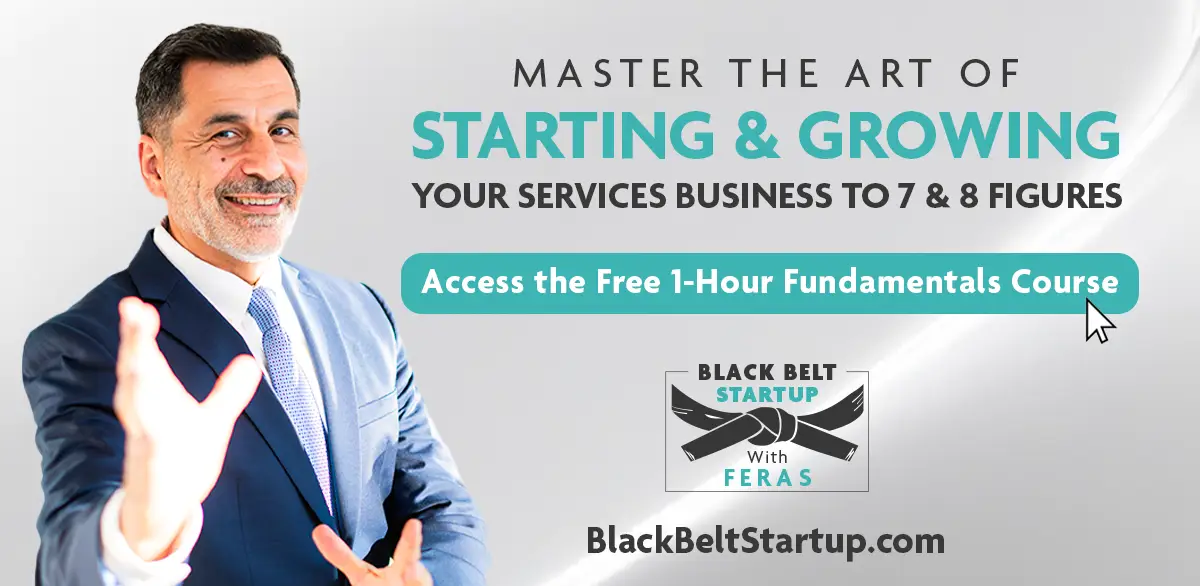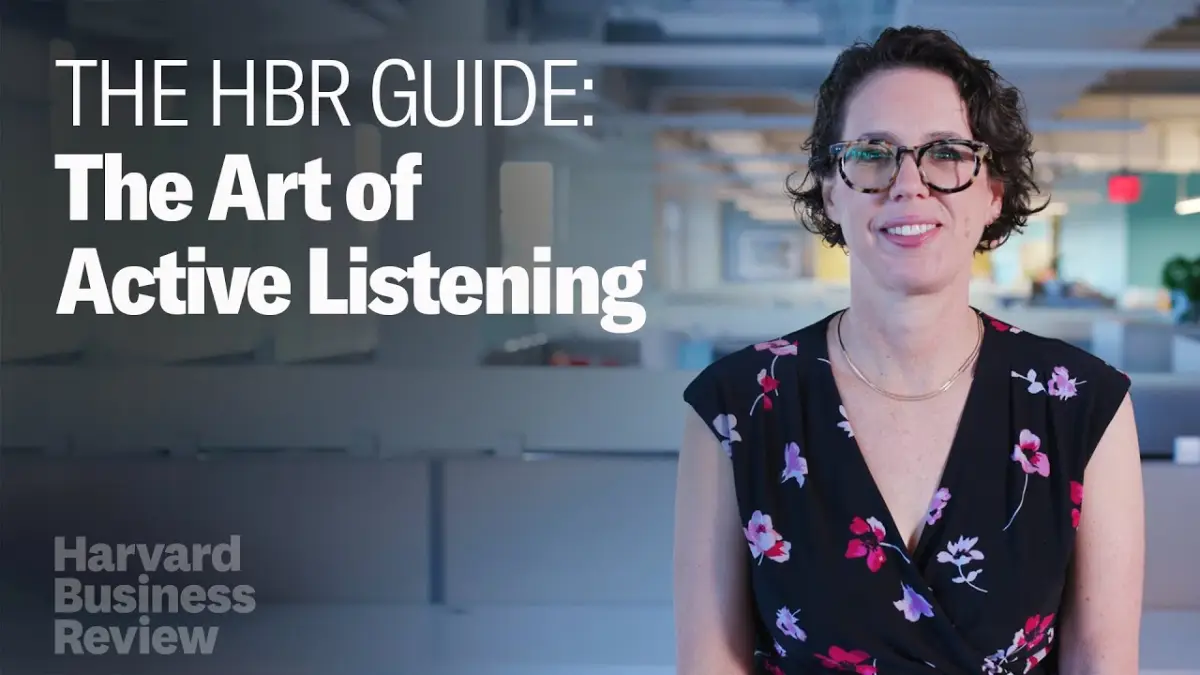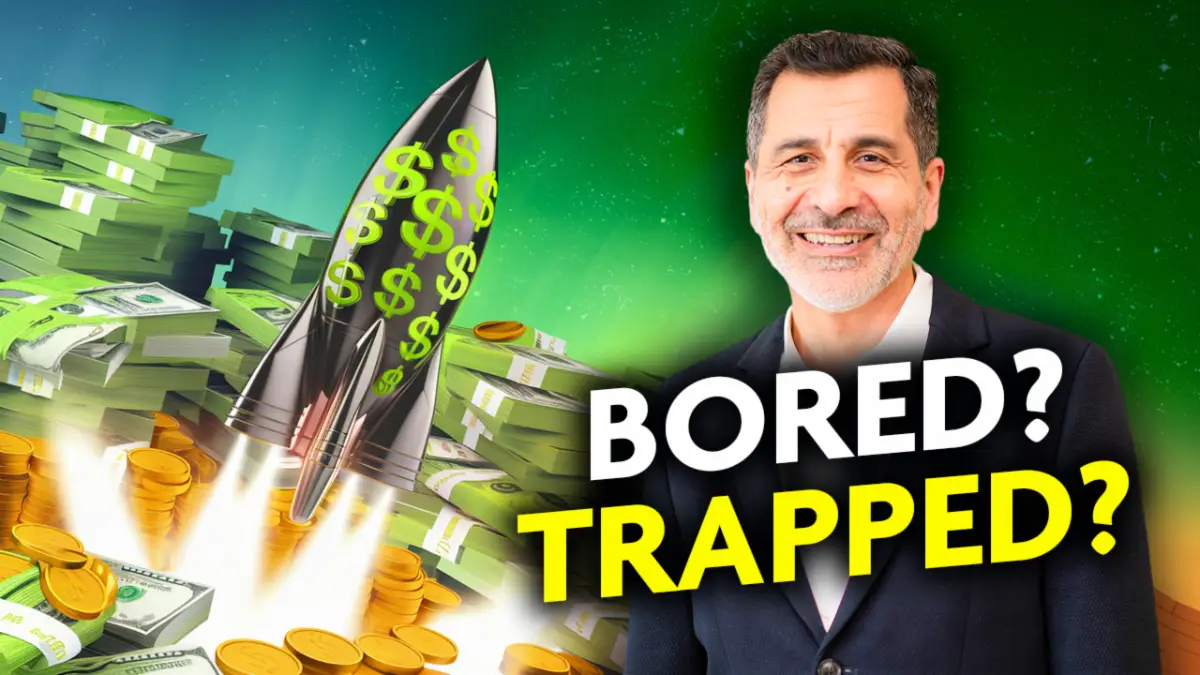
Turn Your Experience into a Services Business
Good Morning!
This week, I watched the 7th inauguration in my adult life. A lot has changed since Reagan.
On the Mat
- Service vs. Product Businesses
- The Hidden MVP
- The Squid Tank
Let's Train
The Shark Tank Trap 🦈

In season 6 of Shark Tank, the founders of Bombas struck a deal with Daymond John for their high-performance sock brand, which has since made about $1.3 billion in sales – the Tank’s biggest success. If you’re like most of the aspiring founders I meet, you’ve watched the show and thought, “I could do that.”
But that’s exactly why Shark Tank makes my job 10x harder.
The show glamorizes high-risk models like product businesses and tech startups, ignoring the value of your own career experience.
Service vs. Product Businesses: A Quick Comparison
A product business sells tangible goods—think retail or e-commerce—where you create, store, and sell physical items.
A service business, on the other hand, sells a solution—like consulting, freelancing, or personal training—where you offer expertise or skills to solve a problem or need.
While product businesses often rely on inventory, shipping, and manufacturing, service businesses focus on providing value through time, knowledge, or labor without necessarily needing a product.
The underdog of the business world – the humble service business – rarely gets screen time, but I’m about to show you why it should:
Service Biz: The Hidden MVP
This chart breaks down the differences between service and product businesses, but here’s the TLDR:
- Product Businesses = High startup costs and inventory headaches. Takes time to get on its feet.
- Service Businesses = Low overhead and more flexible. Use your existing expertise to start a business with minimal investment RIGHT NOW.
Service businesses have challenges, like scaling and heavy reliance on people, but they’re easier to start than product businesses, which require more time and capital.
Myth Busters
The Tech Trap: Software startups are cool and lucrative, but only with massive capital and technical know-how. The barriers are high, and the risks are even higher. Zuckerberg and Bezos spent years before seeing any ROI.
Drop Drop Shipping: It seems low-risk and passive, but with low margins, fierce competition, and reliance on third-party suppliers, it’s not as hands-off as it seems. Stock issues or order mistakes fall on you, and customer service can be a major time sink.
Restaurant Biz – A Recipe for Stress: Everyone’s opening a restaurant or cafe — perhaps because of a low barrier of entry, but the margins are thin, and failure rates are among the highest for SMBs. High costs, constant competition, and unpredictable factors make it a stressful grind.
Service Business, You Say?
Other business models may be profitable but have plenty of headaches. Starting a service business probably isn't much easier, right? 👀
Wrong.
With low overhead and a simpler learning curve, a service business is generally an easier way to start your entrepreneurial journey.
The Squid Tank: Work Smarter
Shark Tank glamorizes product and tech businesses, but service businesses let you leverage your existing expertise sustainably.
Just ask David and Randy, the founders of Bombas: They went through 137 sock prototypes, spent two years developing them without a cent back, and only got connected to overseas manufacturers through David's godfather, who ran Gold Toe socks in the ‘90s.
So, unless you’ve got a godfather in the same industry as you 😀, I’d suggest starting a business based on your current expertise instead of designing a new pair of socks.
You Might Like These
What Is Active Listening?
I have met new consultants who jump into prescribing solutions without understanding the client's problem. That's like a doctor prescribing medicine without knowing the patient's illness.
The best way to make sure you understand a client's needs and make them feel heard is to actively listen to what they say.
Amy Gallo from Harvard Business Review explains that active listening involves:
- fully concentrating
- responding thoughtfully
- remembering key details
- maintaining eye contact
- avoiding interruptions
- and providing feedback
I know all of this might sound basic, but I often meet founders who do not practice them and jeopardize easy deals.
17½ persuasion tactics in 28 minutes
Your ability to win clients over is directly tied to your ability to persuade.
This episode of Nudge explores 17.5 tactics like:
- leveraging recency bias in pitches
- using the "rule of three" for clarity
- and boosting client commitment with small, consistent incentives
to help you become more persuasive.
Sharpen Your Blade
How to Delegate Effectively Without Losing Control
Your business can grow by 1,700% in 3 years.
It sounds impossible, but research by Gallup states that "high delegators" achieve an average three-year growth rate of 1,751%.
That's 112% higher than those who struggle to delegate.
So, how can you become a delegating queen?
5 Clear Signs It’s Time to Launch Your Business
I have observed 5 strong signs that push people to start a business:
- 🥋 Boredom: You're bored at your current job and hit the ceiling of your expertise. Instead of a career shift, turn your skills into a business.
- 🥋 Bureaucracy: Corporate red tape feels stifling? Time to build something on your terms.
- 🥋 Market Gaps: Noticing problems nobody is solving? That's opportunity knocking.
- 🥋 Side Hustle: Your side project is gaining momentum. Choose one of them.
- 🥋 Control: You want autonomy. But remember, success takes more than just desiring freedom.
Subscribe to the Newsletter
Subscribe to Startup with Feras for actionable insights, proven strategies, and practical resources to launch, grow, and scale your online business. Get exclusive tips delivered straight to your inbox!




